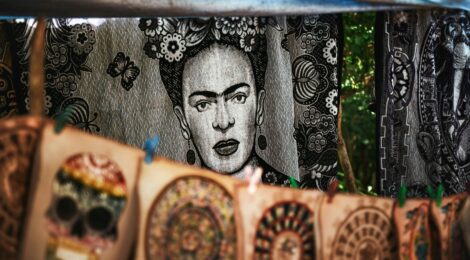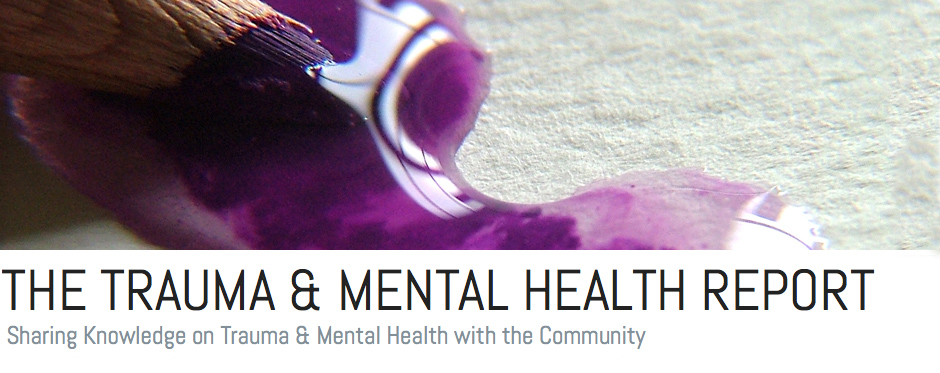
Self-Portrait with Thorn Necklace and Hummingbird
Frida Kahlo’s Self-Portrait with Thorn Necklace and Hummingbird (1940) is a deeply personal reflection on pain, resilience, and identity. Painted after her divorce from Diego Rivera and the end of her relationship with photographer Nickolas Muray, the work captures a moment of emotional rupture. But like many of Kahlo’s self-portraits, it is also a way of reclaiming her body and story—on her own terms. Scholars often interpret Kahlo’s paintings as a response to the physical trauma she experienced from a near-fatal bus accident in her youth, as well as her defiance of narrow expectations around gender and beauty.

In this painting, Kahlo appears in a frontal pose, meeting the viewer’s gaze with quiet intensity. A thorn necklace cuts into her neck, drawing blood. Hanging from the necklace is a stiff, black hummingbird—a symbol in Mexican folklore associated with love and good luck, but here lifeless, almost crucified. A monkey tugs at the thorns, increasing her pain, while a black cat looms just behind her. Together, these creatures introduce a quiet sense of danger or unease. Though the backdrop is a rich tangle of leaves, butterflies, and dragonflies, the scene feels more claustrophobic than calming.
The imagery is layered with meaning. Some see the thorn necklace as an echo of Christ’s crown of thorns, casting Kahlo as a kind of martyr. Others view the butterflies and dragonflies as symbols of transformation or rebirth. Yet Kahlo offers no clear resolution. Her expression remains calm but unreadable. She does not hide her wounds, but neither does she ask for pity.
The painting resists a single interpretation. It speaks to physical suffering, heartbreak, and the emotional weight of relationships—but also to endurance, autonomy, and the will to be seen. In this way, it invites viewers to witness not just an image of pain, but a deliberate act of self-possession.
Shortly after it was completed, Nickolas Muray purchased the painting. It now resides in the Nickolas Muray Collection at the Harry Ransom Center at the University of Texas at Austin.
Feature Image Credit: Photo by Tim Mossholder on Unsplash
Body Image Credit: Frido Kahlo Self-Portrait, Creative Commons



